As they tend cows and ladle curdled raw milk into low, wooden cylindrical moulds, the Durand family and their employees don't look like militants in a Gallic culinary battle against globalisation.
But they are on the front line in this Normandy locality, population 200, on a picturesque hillside where Camembert was first created during the French Revolution.
Dairy producers “are really in dire straits,” said Nicolas Durand, 43, owner of the Heronniere farm in the northwestern French region where Europe's biggest dairy group Lactalis has bought out numerous farms like his.
For a small operation, the “only way to survive is through direct distribution,” he said.
Durand's family acquired the farm in 1961 and has produced Camembert since 1987.
Today his seven employees turn 90 percent of the milk from his 90 cows into 700 to 800 cheeses a day, up from 600 in the year 2000.
Durand sells the minuscule remainder of his output to Agrial, one of France's top agricultural cooperatives and food processors.
READ ALSO:An odour to the stinkiest cheese to come out of France
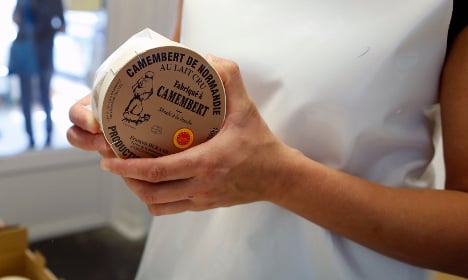
French way of life
Dairy production is a hot-button issue in France. Only last month, the agriculture ministry had to step in to mediate between Lactalis and farmers angry over what they say are unsustainably low milk prices.
Lactalis today is France's biggest maker of Camembert, mass-producing it for sale in supermarkets at home and abroad under labels like the ubiquitous “President” brand.
But ask anyone at a Heronniere farm how a “Durand” differs from a factory-produced Camembert and they will laugh, saying even the question is an “insult”.
Real Normandy Camembert — a soft-cheese staple on France's post-dinner cheese plates — finally won the coveted AOP, or Protected Designation of Origin, only 33 years ago.
The label ensures that a product's origin and fabrication is within a strict geographical area and adheres to traditional methods and craftsmanship.
READ ALSO: This is how much the French are obsessed by cheese
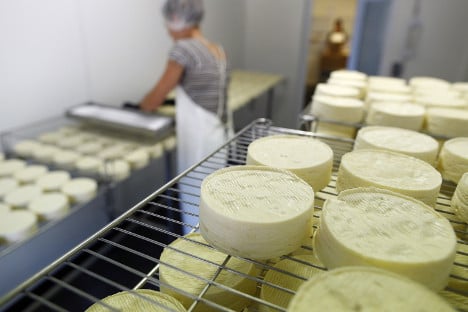
Local pride is such that a stone monument in honour of Marie Harel — who invented the creamy cheese in 1791 with, as legend has it, the help of a priest — stands in Vimoutiers, the nearby village where she died.
Camembert itself has a museum recounting the history of its speciality, a symbol of the “French way of life”.
Yet half the museum is rented by Lactalis, whose industrial Camemberts tend to be made with pasteurised — not raw — milk.
And since it is not necessarily from Normandy and is ripened quickly, it cannot bear the “AOP Camembert de Normandie” label.
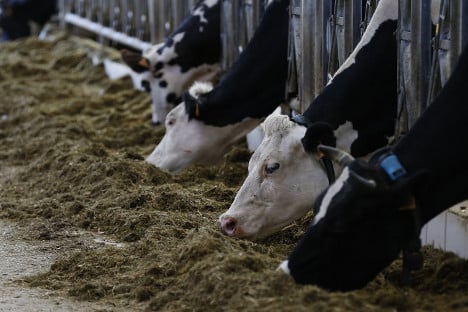
Bloomy white rind
Durand notes that his cheese is not only AOP it is also “fermier”, or entirely made on one farm — a mark of distinction in a France struggling to defend “terroir”, an almost untranslatable notion evoking the goodness of a particular patch of countryside.
“It's made with milk from our cows and not from a mixture of milk from different farms. That is important for the taste,” Durand says.
“Durand's flavour stays with you” and it has a stronger, richer scent, said one cheese seller from the Normandy port of Caen.
While an industrial version costs a couple of euros in the supermarket, a Durand Camembert is costlier, fetching 4.40 euros (about $5) on the farm and 5.60 euros (about $7) at the Caen merchant's store.
But the scene at Durand's farm looks like just like the cheese making portrayed in the ageing black and white celluloid film at the museum.
The milk preparation is set in moulds to drain for half a day in rooms heated to 32 degrees Celsius (89 Fahrenheit).
Because modern sanitary standards require farmers to sterilise the cows' teats — removing both good and bad bacteria — lactic acids must be added to aid coagulation.
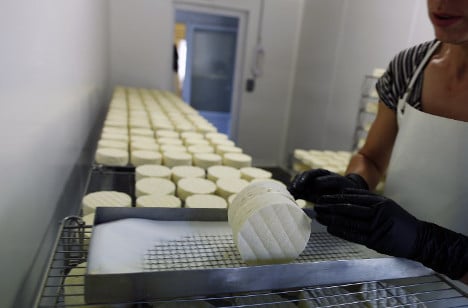
The forms are then taken to the “haloirs” or drying rooms, and kept at between 12 and 17 degrees Celsius. Salt is added as well as penicillin, which helps to form Camembert's characteristic bloomy white rind.
This part takes two weeks, after which the cheese is left again to mature properly.
While Durand's supply is necessarily limited, demand is strong and the farm is already attracting some 10,000 visitors a year.
He is working with partners to develop his marketing strategy and to ramp up tourist interest even more.
The cheese maker says he brings in around 2,000 euros ($2,250) a month, of which he must pay off 500 euros in loans until 2018.
He also needs to replace his brother and sister-in-law, who left the farm to open a cheese store at Granville on the Normandy coast last July.
Numerous candidates have shown interest, including some from as far away as China and Russia. But Durand says one thing he'll not be doing is selling up, to Lactalis or anyone else.
By AFP's Chloé Coupeau



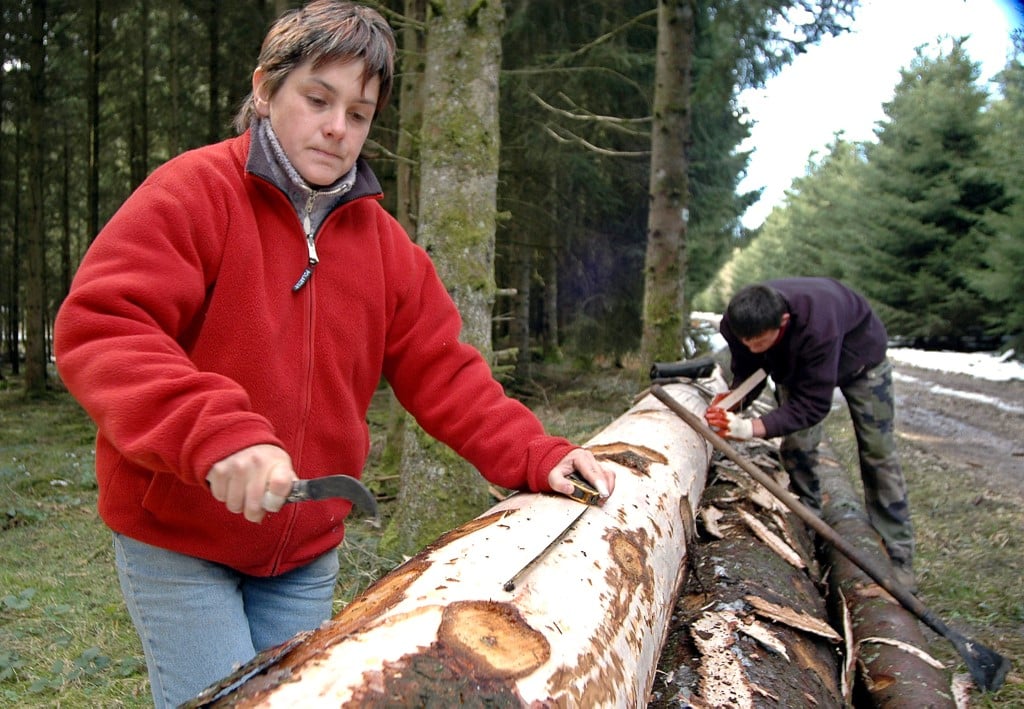
 Please whitelist us to continue reading.
Please whitelist us to continue reading.
Member comments